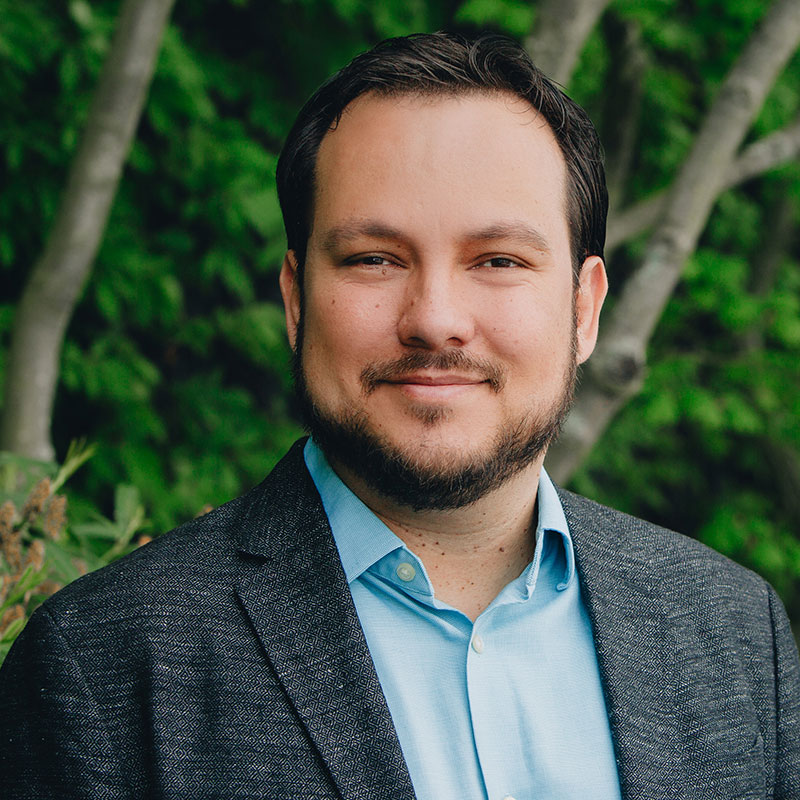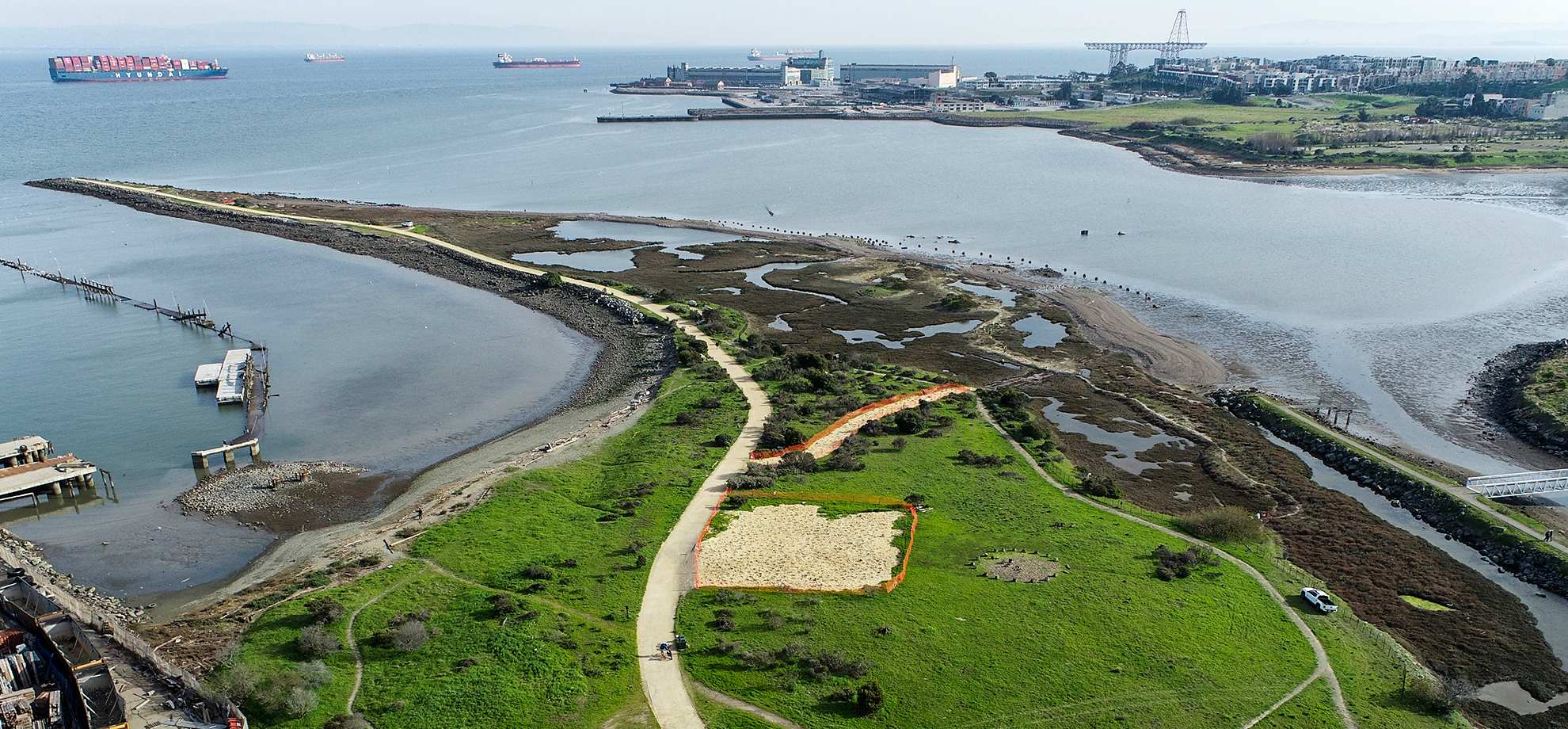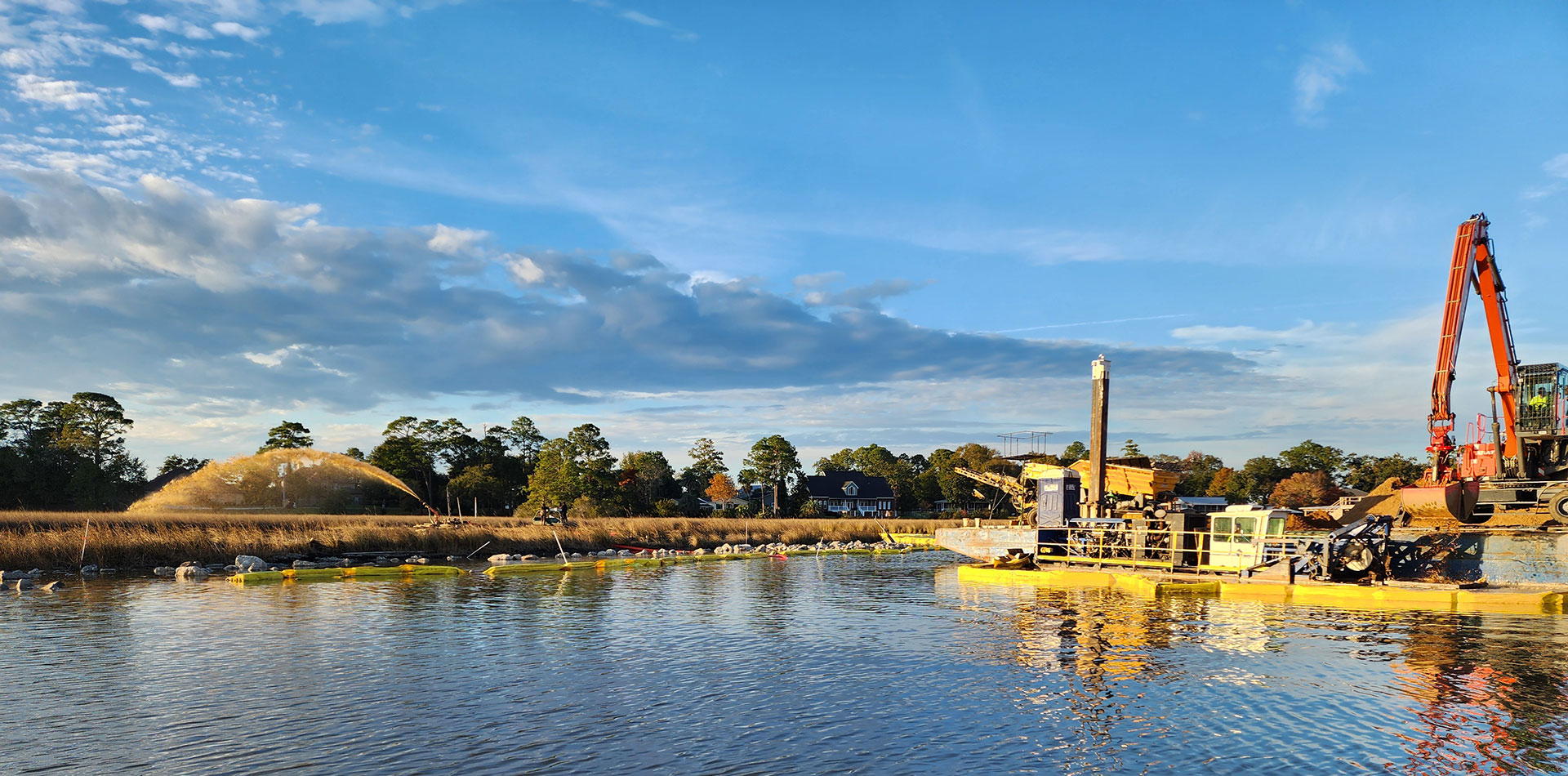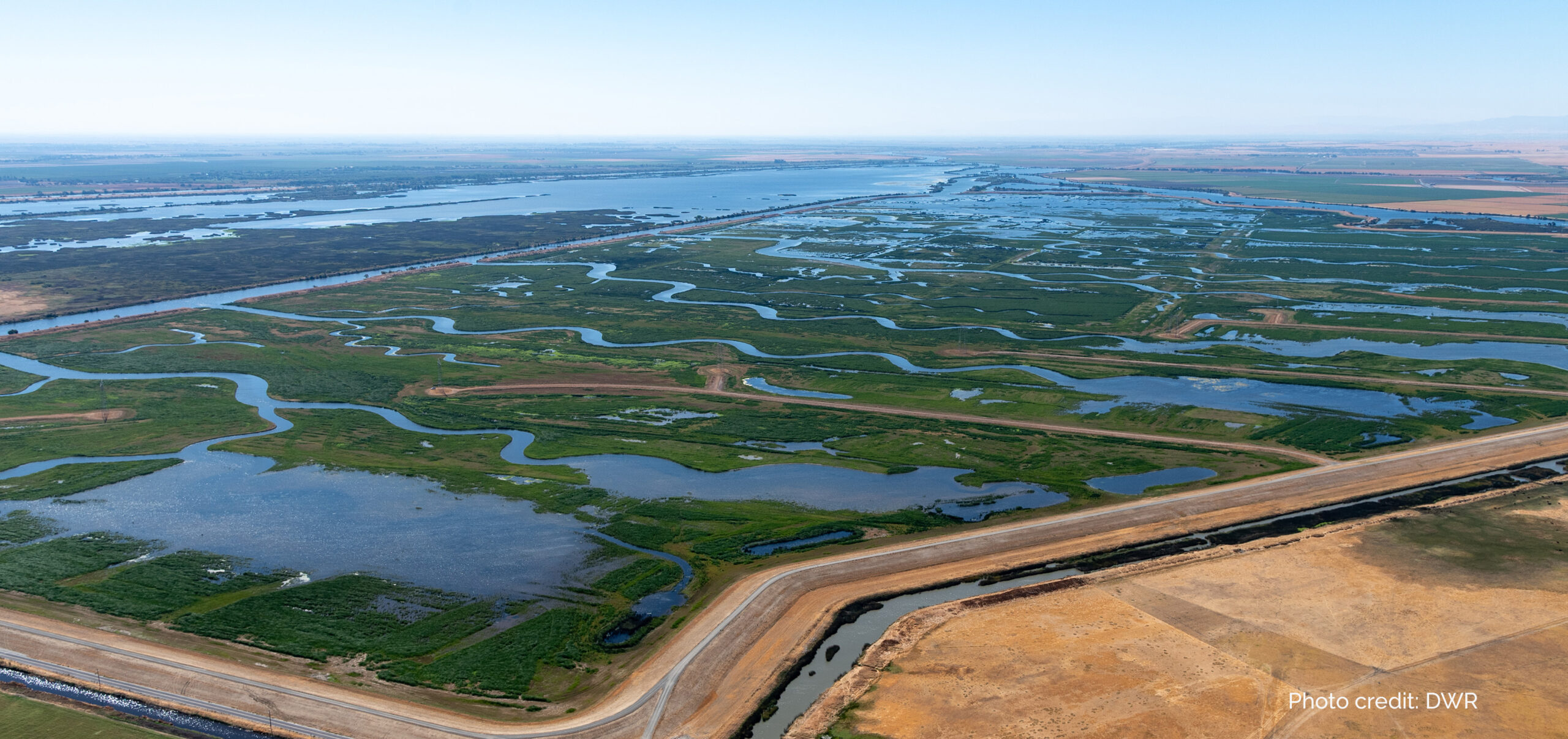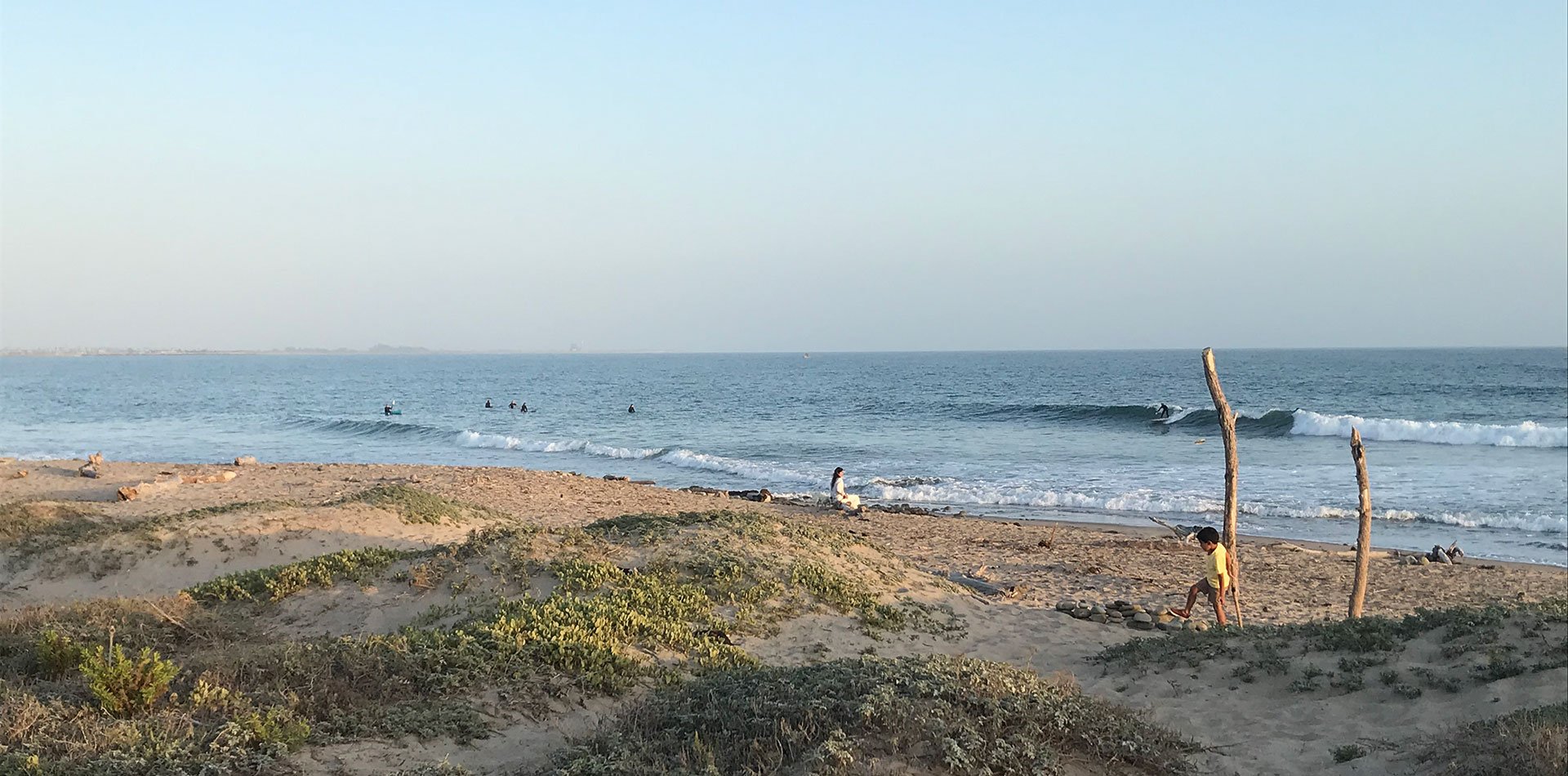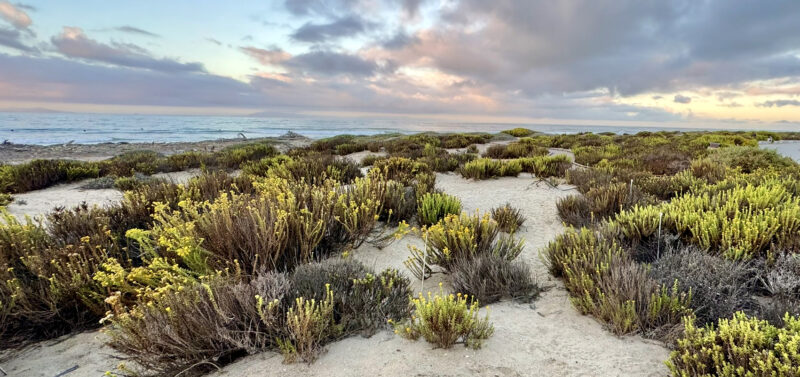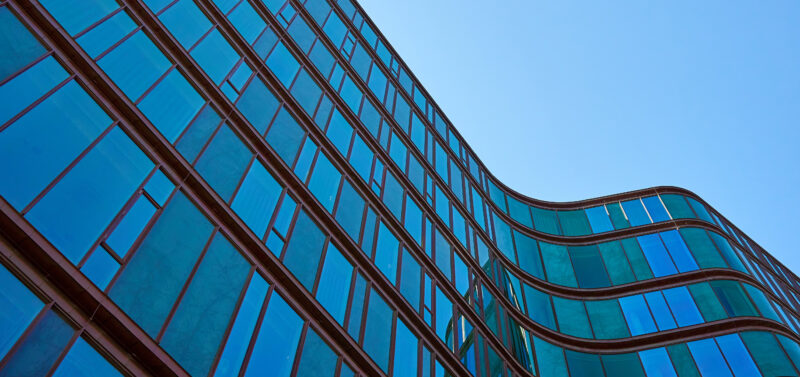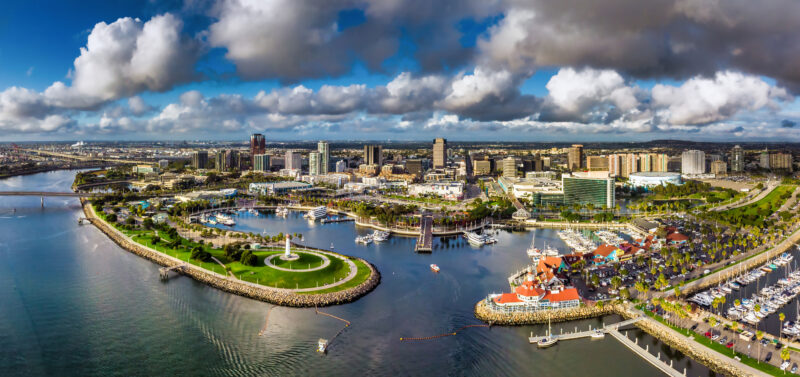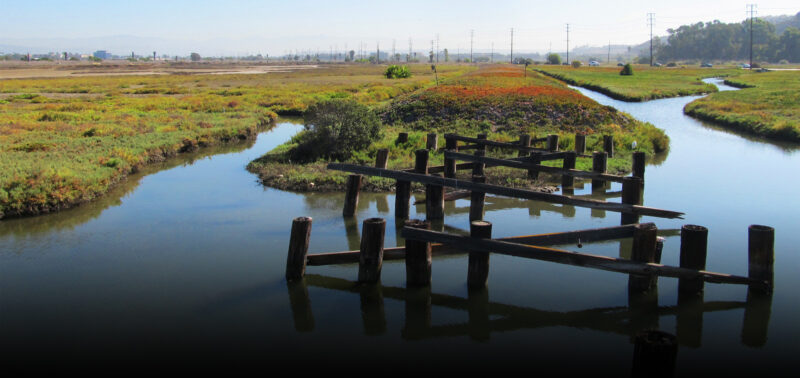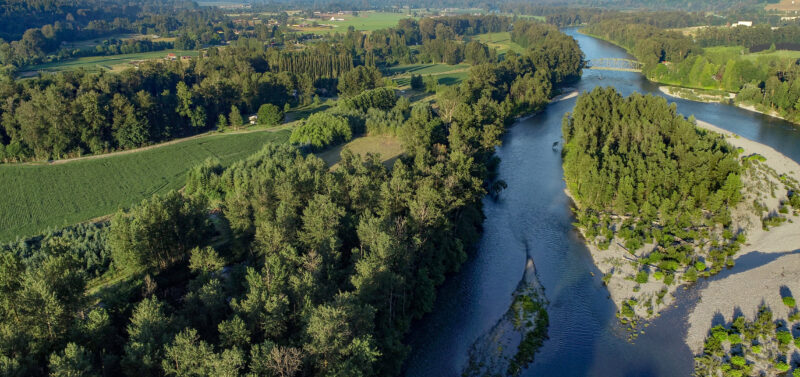With the shutdown behind us, federal agencies and Congress are shifting back into gear and...

Lowman Beach Park Feasibility Study and Restoration Design
The Lowman Beach Park project worked to restore the natural shoreline and coastal processes by removing an existing failing seawall and replacing it, improving public beach access and coastal habitat.
Why does this project matter?
This project removed a failing 1950s era seawall and replaced it to protect against sea level rise, restore the beach area and habitat, and improve public accessibility for the community to enjoy.
What is ESA doing to help?
ESA helped Seattle Parks & Recreation (SPR) address a failing Puget Sound seawall at an existing outfall at Lowman Beach Park. The shoreline park offers 300 feet of rocky, saltwater shoreline, tennis courts, a view of the Olympics, and a hand-carry boat launch. ESA’s site analysis included survey, geotechnical investigation, and critical areas assessments, and development of conceptual alternatives to inform selection of a preferred alternative. Our engineers assessed the existing seawall, determined if it was a historic structure of significance, and analyzed sediment supply and transport processes, resilience to sea level rise, nearshore habitat, recreational features, wind wave modeling, and constructability. We developed engineering designs (30, 60, 90, and 100% PS&E bid documents) for bulkhead removal and beach restoration. The final design included seawall demolition, gravel beach nourishment, creek daylighting, upland stormwater pipes reroute, nearshore planting design, and pedestrian access facilities.
ESA also supported SPR with facilitation of a public meeting in February 2019. The project was controversial in the neighborhood because it required relocation of a well-loved tennis court. ESA helped identify SPR’s key desired outcomes and to articulate what type of input from the public was useful and what elements of the project could not change. That allowed the team to design a meeting that was clear and open and that encouraged constructive participation. ESA also presented the ecological benefits of the project. We focused on translating highly technical information for an engaged and intelligent audience. ESA developed graphics of the potential alternatives to help the public visualize the completed project. In the end, the meeting was a success. The conversation was constructive, and SPR was able to both inform the public and gather input that was helpful in further design phases. The meeting was written about on the West Seattle Blog, increasing the reach of the public outreach.
Connect with our team

Similar Projects
News & Ideas
More than a decade after it's first phase of construction, Surfers' Point in Ventura, California...
ESA uses a customized approach to help clients set sustainability goals and reduce their emissions,...
ESA is pleased to sponsor and present at the 2025 American Shore & Beach Preservation...
ESA is hosting a special in-person event featuring premier permitting experts for clients and partners...
ESA helped build the Riparian Data Engine (RDE), a spatial decision-support tool designed to help...
